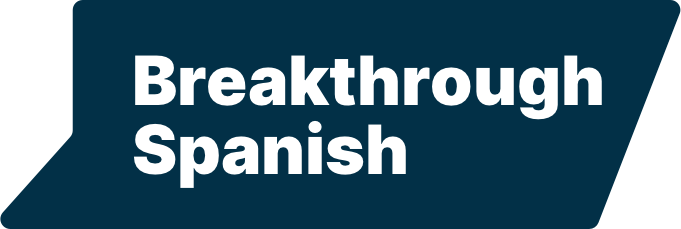Understanding Spanish is hard. It takes a lot of practice.
So if you’re struggling to understand Spanish, you are not alone.
In my experience, comprehension is the hardest part of a new language because there are so many different ways people can speak. It’s unpredictable!
A million different factors (including origin, personality, mood) can influence how somebody speaks and therefore how well you understand them. This can impact how good you feel about your own level of Spanish.
So how do you start understanding more Spanish? Let’s explore some specific techniques and free resources below.
Why is it so hard to understand Spanish speakers?
One of the key reasons is a phenomenon called Sinalefa. When one word ends in a vowel, and the next one begins with a vowel, Spanish speakers merge the two words.
La abuela becomes laabuela
Mi hermano becomes mihermano
And Mi hermano y yo vimos a la abuela de Ernesto becomes Mihermanoyyo vimos alaabuela deernesto
In English when this happens, we typically change the vowel sound to separate the two words. Think of “The end”. We don’t say “thend”. We say “Thee End”, or we put a tiny gap between the two words (a “glottal stop”).
As English speakers, we also have the tendency to see Spanish words like nuevo and think they have 3 syllables: “nu-e-vo”. In reality, it’s just 2: “nue-vo”. Same goes for “bueno”: its bue-no, no bu-ey-no.
Multiplied across all the words in a given spoken sentence, this can make Spanish sound faster.
English words also have more consonants on average than Spanish words, so we have fewer chances to run our words together without mumbling.
How long does it take to understand spoken Spanish?
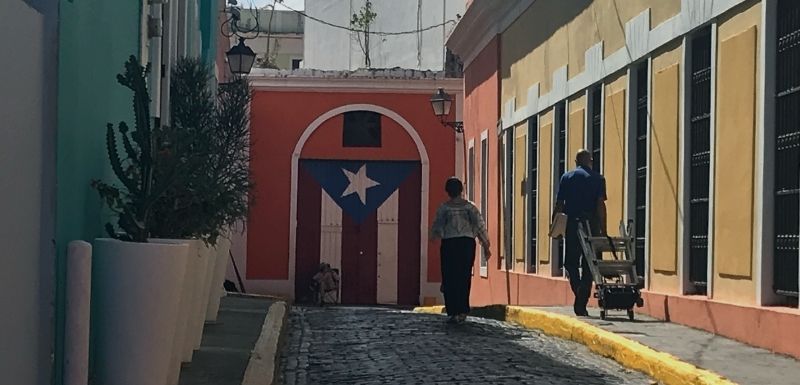
To understand the nuances of Spanish like a native speaker, you need thousands of hours of exposure to the language.
If that sounds like a lot, don’t worry. You can understand the vast majority in much less time than that. And listening practice doesn’t have to be 100% active.
You can get tons of the necessary exposure by swapping out English shows, content, and news for the same in Spanish, and by listening to audio while doing the dishes or walking the dog.
I recommend roughly 30% active listening, 70% passive. So one hour might be 20 minute active (full focus), 40 minutes passive (multitasking).
For best results, re-listen to things passively that you’ve already listened to actively.
Ways to Practice Your Spanish Listening Skills
If you want to improve your listening comprehension, there are two main things that you can do.
- Listen to as much Spanish as you possibly can every day.
- Listen while you are reading Spanish.
[Prefer video? Check out my video below on this topic]:
Why you should listen while reading
Beyond vocabulary, improving your comprehension is mainly a process of getting used to new sounds.
Listening while reading helps you associate the words on the page with the actual sounds that are coming out of the speaker’s mouth.
And it’s worth doing at each stage of your Spanish-learning journey, because you’ll be listening to more and more complex things as you progress.
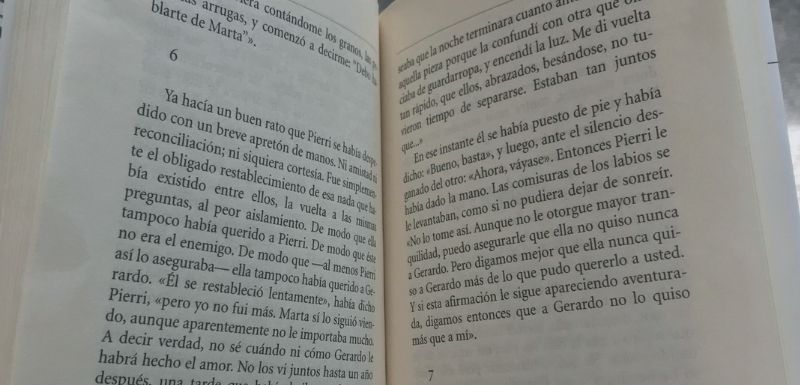
Where to get Listening Practice at Different Levels
Below, let’s look at 3 different FREE websites (one for beginners, one for intermediate learners and one for more advanced learners) where you can listen and read Spanish at the same time.
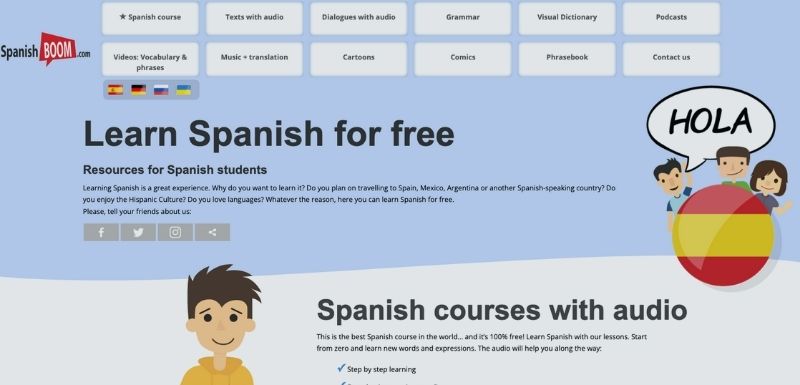
As a beginner, it can be tough to find resources that are useful, interesting, and near your level (and aren’t Peppa Pig in Spanish).
But luckily there are some decent resources out there. Spanishboom.com has a pretty wide variety of dialogues, monologues, short stories, mini podcasts — all with transcripts and English translations, side by side.
This way you can listen to both the Spanish while reading the English and vice versa.
Here’s how I would use it:
- Listen to the dialogue all the way through (just listen)
- Listen to it while reading the English
- Listen to it while reading the Spanish
- Listen again all the way through (see how much you understand)
- Separately, write down any short phrases you want to remember
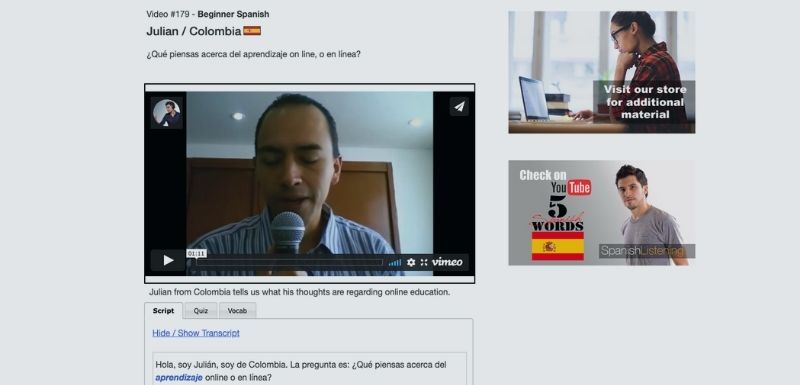
Spanishlistening.org has hundreds of dialogues organized by topic, difficulty level and nationality of the speaker.
The best part is that the audio is all short.
Why is short audio a good thing? Two reasons:
- Because you can complete it.
It takes a lot of brain power to get through content in a new foreign language. Short content is great because you get the satisfaction of actually completing something. By comparison, it could take you hours to understand every piece of a 30 minute podcast.
- You can easily listen to it multiple times. Relistening to content is valuable for cementing the grammar and new phrases into your brain. But a 30 minute podcast is daunting to listen to multiple times. On the other hand, if you listen to one of these short monologues, you can easily listen 5 times and learn a ton from it.
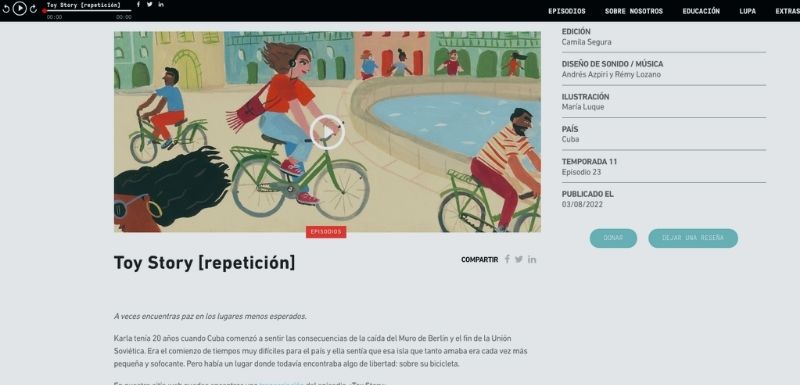
Radio Ambulante is a story-based podcast from NPR, and it’s one of my favorite resources for upper intermediate/advanced Spanish.
It tells engaging stories from all over Latin America, so you can pick and choose based on what you’re interested in.
And it’s authentic Spanish. It’s a mix of people with great clear podcast voices and people just on the street, regular people who are not trying to speak clearly in a certain way. This helps you get really familiar with all of the differences that you’re going to hear in the varieties of Spanish as you improve your Spanish over time.
They have transcripts available for each episode on their website.
If you’re at a higher level, you can listen to it while reading the transcript. I would print it out and underline phrases that seem useful to you.
And if you’re at a lower level, you can use your podcast app to slow down the audio to 0.8x speed to help you understand it better.
Radio Ambulante and the Lupa App
Since lots of people use Radio Ambulante to improve their Spanish, they created Lupa, which turns the transcripts and the audio from into something interactive.
You can save words, get translation pop-ups, get English overviews of different sections, and more. They offer 2 free lessons, so it’s worth trying out.
Related: Is it hard to learn Spanish? 3 Key Factors that Influence
Just keep listening
Understanding native speakers is a long process. If you slowly start swapping out some of your English content for Spanish — shows, podcasts, music — you’ll be able to get a lot more listening practice.
And with the right content (things that are interesting to YOU), it will be a fun challenge — not a painful chore.
